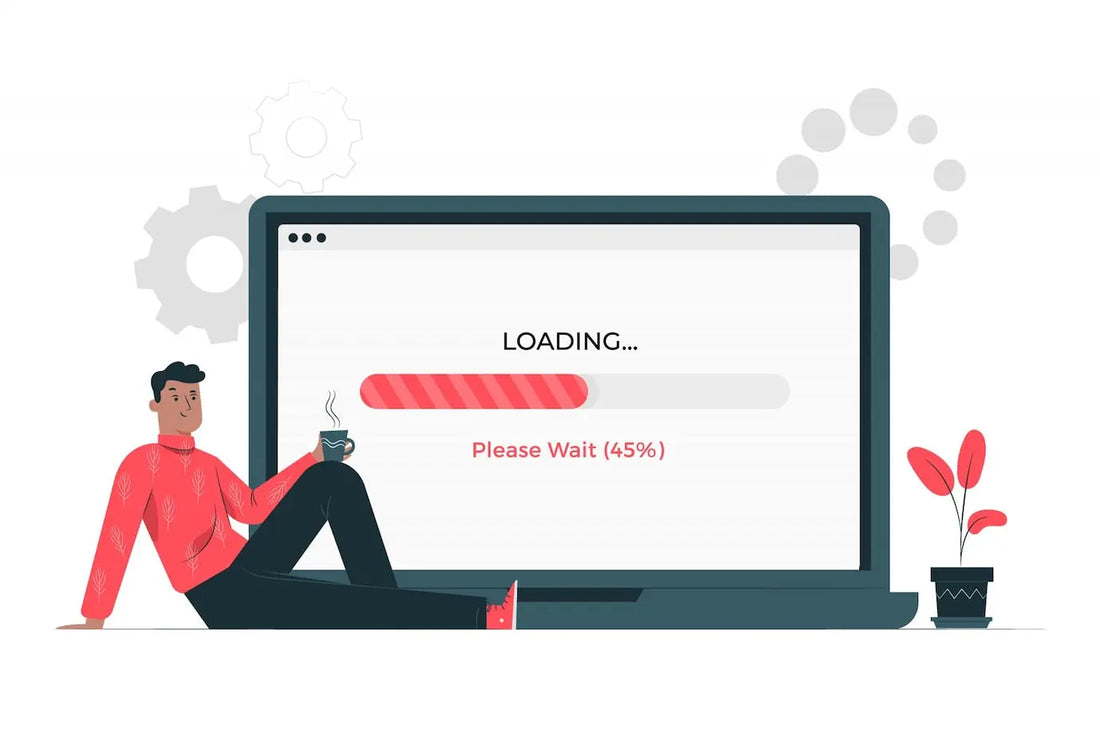In the digital age, speed is everything. A slow-loading website can deter potential customers, reduce your search engine rankings, and ultimately affect your bottom line. Here’s a comprehensive guide on how to optimise page loading speed and ensure a smooth, fast user experience.
Why Page Loading Speed Matters
User Experience
A fast-loading page provides a better user experience, reducing bounce rates and increasing the time users spend on your site. Users expect pages to load within two seconds, and any delay can lead to frustration and abandonment.
SEO Benefits
Search engines like Google consider page loading speed as a ranking factor. Faster websites are more likely to appear higher in search results, driving more organic traffic to your site.
Conversion Rates
There’s a direct correlation between page speed and conversion rates. Faster pages lead to higher conversion rates, meaning more sales and revenue for your business.
Steps to Optimise Page Loading Speed
1. Analyse Your Current Speed
Use Speed Testing Tools
Tools like Google PageSpeed Insights, GTmetrix, and Pingdom provide detailed reports on your website’s speed and offer actionable insights. Identify areas that need improvement and prioritise them.
2. Optimise Images
Compress Images
Large images can significantly slow down your website. Use tools like TinyPNG or ImageOptim to compress images without losing quality.
Use Correct Image Formats
Use appropriate image formats. For photographs, use JPEG. For graphics with transparency, use PNG. WebP is an emerging format that provides better compression for web images.
3. Enable Browser Caching
Set Up Caching
Browser caching stores static files on users’ devices, so they don’t have to be reloaded every time they visit your site. Use plugins like W3 Total Cache for WordPress or configure caching headers manually.
4. Minify CSS, JavaScript, and HTML
Remove Unnecessary Code
Minifying involves removing unnecessary characters, spaces, and comments from your code. Tools like UglifyJS, CSSNano, and HTMLMinifier can help streamline your code.
5. Use Content Delivery Networks (CDNs)
Distribute Content Globally
CDNs store copies of your website on servers around the world, ensuring users are served content from the nearest server. This reduces latency and speeds up loading times. Popular CDNs include Cloudflare, Akamai, and Amazon CloudFront.
6. Reduce Server Response Time
Optimise Hosting
Choose a reliable hosting provider and consider upgrading to a higher plan if necessary. Dedicated or VPS hosting offers better performance than shared hosting.
Implement Gzip Compression
Gzip compresses your files before sending them to the browser, reducing their size and speeding up loading times. Most web servers, including Apache and Nginx, support Gzip compression.
7. Optimise Your Code
Lazy Loading
Lazy loading defers loading images and other content until they are needed. This reduces initial page load time and improves performance. Implement lazy loading with JavaScript libraries like LazyLoad.
Asynchronous Loading
Load JavaScript files asynchronously to prevent them from blocking the rendering of the page. Use the async or defer attribute in your script tags.
8. Reduce Redirects
Minimise Redirect Chains
Each redirect adds an additional HTTP request and increases load time. Minimise redirects and ensure there are no unnecessary chains.
9. Optimise Web Fonts
Use Efficient Font Formats
Web fonts can be a major source of delay. Use modern, efficient formats like WOFF2 and limit the number of font variants you use.
Preload Fonts
Preloading fonts can reduce the time they take to load. Add a <link rel="preload" href="path-to-font.woff2" as="font" type="font/woff2" crossorigin="anonymous"> to your HTML.
10. Monitor and Maintain
Regular Performance Audits
Regularly test your site’s performance to identify new issues and ensure ongoing optimisation. Use automated tools to monitor performance continuously.
Conclusion
Optimising page loading speed is crucial for delivering a seamless user experience, improving SEO, and increasing conversions. By following these steps, you can significantly enhance your website’s performance and provide a faster, more efficient experience for your users. Remember, the digital landscape is ever-evolving, so continuous monitoring and optimisation are key to maintaining optimal speed.

